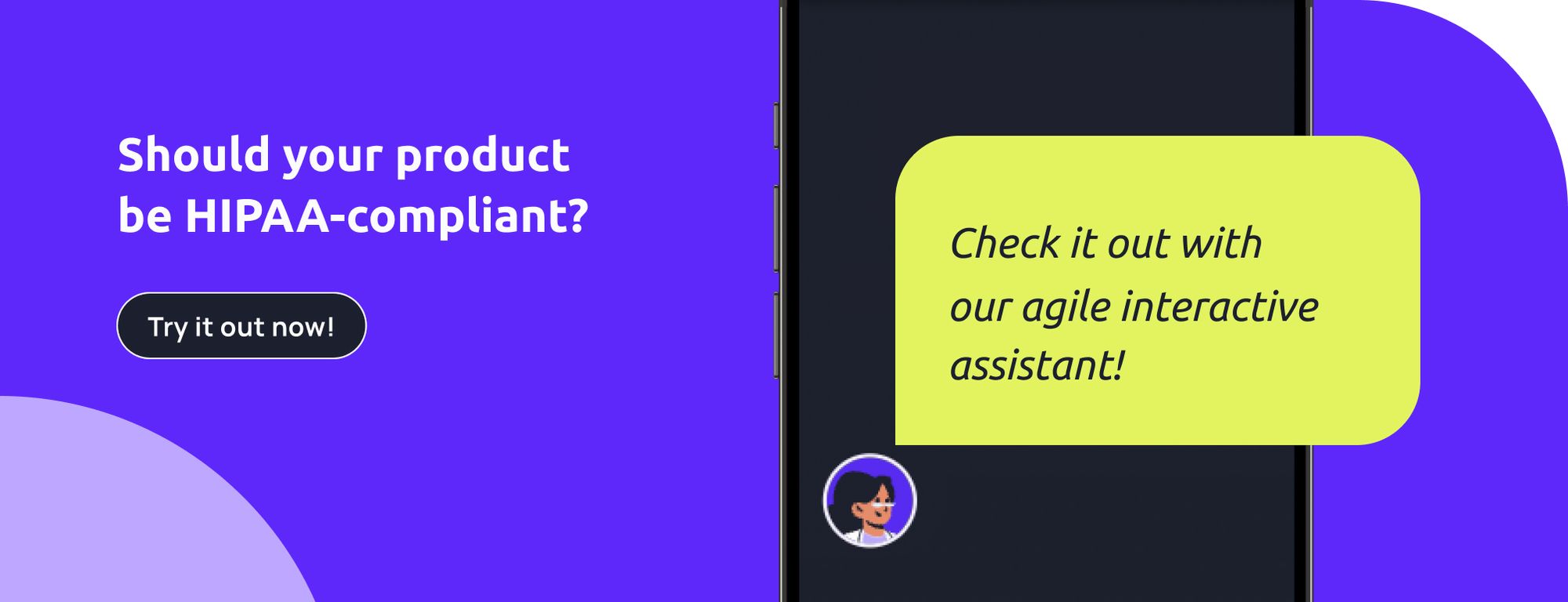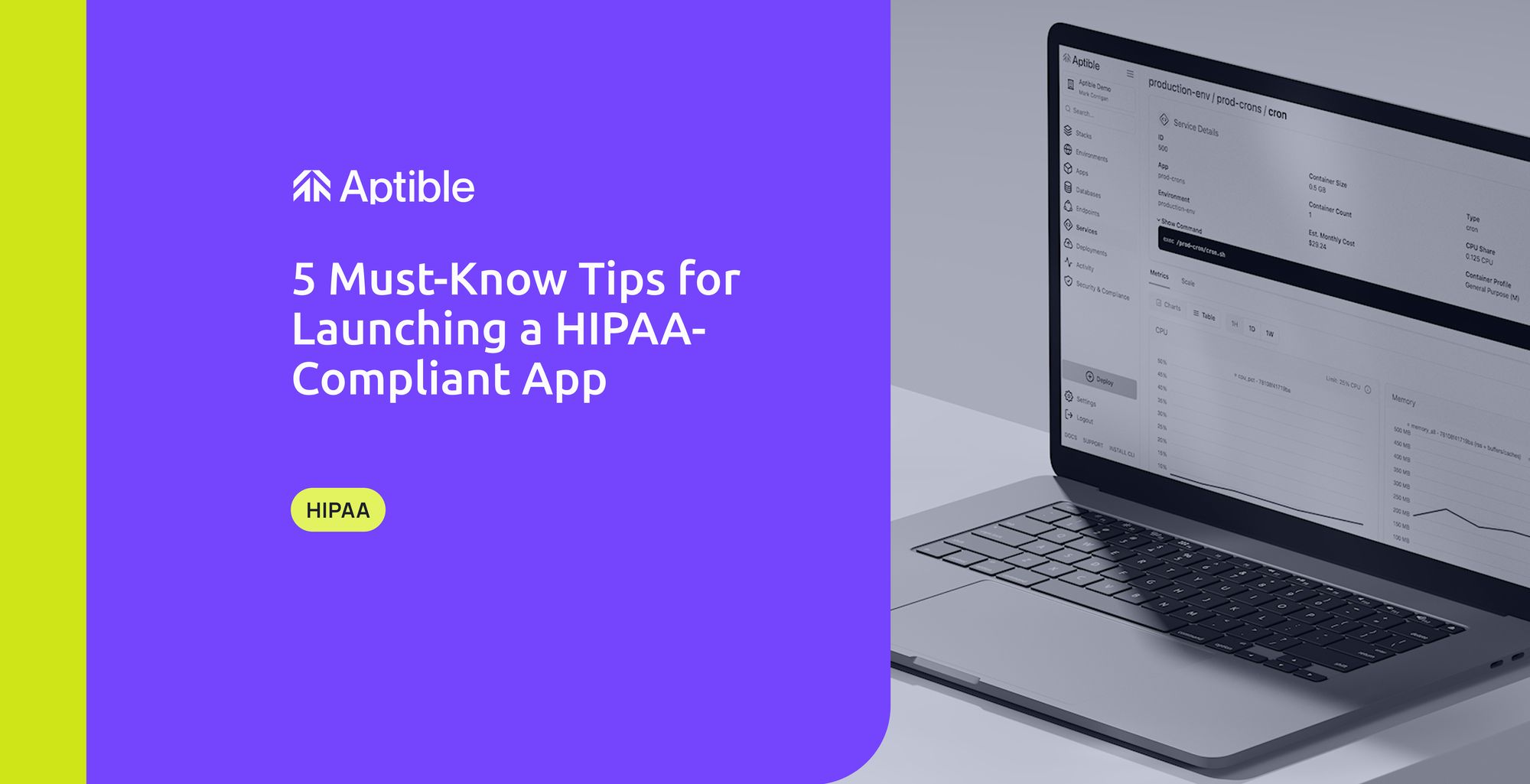HIPAA compliance is absolutely crucial for healthcare apps; any problems in managing protected health information (PHI) can pose serious legal and privacy risks. This is true even for small digital health startups; there's just no room for cutting corners when it comes to PHI.
It doesn’t help that getting HIPAA certified can be expensive and time-consuming. Part of this process involves hiring a third-party auditor to help prepare you for an audit and then provide the necessary certification, like HITRUST or SOC 2 type 2. HITRUST is a popular choice, but it's known for being strict and expensive. SOC 2 type 2 offers a bit more flexibility while still maintaining a strong focus on data security.
So, can you skip or delay HIPAA certification without consequence? Certainly not if you're aiming to partner with any major healthcare organization, like United Healthcare or Aetna, because they'll expect you to be compliant. While they might not demand third-party certification, they'll likely have their own security standards, compliance checklist, or mini-audit to ensure you're protecting data and handling PHI responsibly.Despite the complexities of HIPAA regulations and their impact on your app, there is a clear path forward. It begins with selecting the right tools, adopting a minimalist approach to building your app, aligning your development and product teams, and carefully planning your compliance journey.

1. Start with the Right Tools and Platform
Building a HIPAA-compliant healthcare app begins with selecting a platform equipped with essential compliance and security features. Choose a platform where compliance and security are fundamental aspects, not just add-ons. Look for a provider that offers specialized security features tailored for HIPAA compliance, like automatic implementation of security best practices and a healthcare-focused compliance dashboard. While general cloud platforms like AWS, GCP, and Azure offer robust security measures, including IAM and DDoS protection, a platform dedicated to healthcare apps can provide more targeted compliance solutions. This makes the development process lower-risk and more streamlined, as it minimizes the additional effort required to achieve compliance readiness.
When choosing a HIPAA-compliant platform, consider these key features:
By carefully evaluating these aspects, you can select a platform that not only meets HIPAA standards but also aligns with your app's specific needs and future growth.
2. Don’t Overbuild: Stick to What’s Necessary
Building HIPAA-compliant apps can be—well, let’s just say it’s difficult. In fact, it’s so difficult that we frequently see people over-designing and over-building until their apps become chaotic manifestations of complexity.
You don’t want to end up with a three-headed, eight-legged app that may or may not actually be compliant. So, here are some tips to keep things on the straight and narrow.
First, review your app’s features with a critical eye, following the KISS (Keep It Simple, Stupid) principle. Scrutinize each feature to determine its usefulness before you build it, avoiding unnecessary complexity. Consider your budget, both in terms of initial costs and ongoing expenses. Find the balance between affordability, capability, and legal compliance. This is a continuous process you must employ at every stage of product development.
Second, monitor your users’ actions. If your platform doesn’t offer detailed logging capabilities, you’ll need to figure out how to create user audit trails (another Buy vs. Build decision). Role-Based Access Controls (RBAC) allow you to limit access to sensitive data by defining specific user roles within your organization.
Third, plan for change. Healthcare regulatory requirements and compliance rules are ever-evolving, so your platform should be adaptable to these changes. Also, consider that user accessibility standards change over time. Your application should be user-friendly and mobile-friendly, accommodating various users’ needs and preferences across multiple devices and means of use.
Lastly, plan for emergency access scenarios. Your application (and its underlying platform) should facilitate quick access to data in urgent situations, ensuring that critical information is available when it's most needed.
By carefully evaluating these aspects, you can choose a platform that not only ensures compliance but also enhances the efficiency and effectiveness of your healthcare app.

3. Education and Intent: The Human Side of Compliance
It’s easy to forget about the human side of application development, especially when there’s so much technical detail to keep track of. Your app won’t succeed if the whole team isn’t on board with doing things correctly.
Make sure your team knows the ins and outs of HIPAA. When everyone gets why compliance matters, they'll focus on building the app correctly from the start. They'll be thinking about the best ways to do things, not questioning why they need to follow rules that may seem arbitrary or overly complex.
A team clued in on HIPAA can catch the little things that might slip past automated checks, keeping PHI safe. Plus, when they spot problems early, there (hopefully) won’t be bigger headaches later.
Your team is irreplaceable when it comes to safeguarding PHI.
4. Map Your Compliance Journey
During the planning and development of your HIPAA-compliant app, you must consider both partner and customer expectations. Knowing their expectations helps you stay on track and meet their needs.
Plan ahead for framework expectations like HITRUST. HIPAA spells out the law for healthcare data security, while HITRUST gives you a detailed roadmap to follow. It's like HIPAA’s action plan, guiding you on PHI protection and exceeding HIPAA's basic requirements.
Once again, choosing the right infrastructure platform will make a big difference. Go for one that's already HIPAA-compliant. This makes your job easier since most cloud platforms aren’t HIPAA-compliant without extra work to get them fully operational.
We recommend you leverage HITRUST inheritance. This means using your vendor's compliance achievements to boost your own, basically inheriting their hard work. This can be a real time-saver and help you meet those compliance standards more efficiently.
5. The Holistic View: Team, Tech, and Strategy
HIPAA compliance isn’t a one-and-done checkbox—it’s a looming specter. Just kidding, it’s a solid set of requirements that helps to protect your company, business partners, and customers.
We really can’t stress how important it is for your team to have a clear understanding of the objectives and rationale behind HIPAA regulations. This comprehension ensures that you’re not just following rules, but also appreciating the importance of protecting patient health information.
Established, compliant platforms can significantly streamline your app’s development process. For instance, platforms like Aptible are designed to simplify compliance, allowing your team to concentrate more on core development tasks rather than getting bogged down by the complexities of regulatory compliance.
We also recommend you keep a well-defined HIPAA compliance roadmap that remains aligned with your product roadmap. This involves understanding the expectations and requirements of partners such as healthcare providers or hospitals. Knowing what these entities expect in terms of compliance will help you align your development efforts with their needs.
It’s important to thoroughly understand your relationships with these partners. This includes outlining necessary agreements and ensuring that your compliance strategies are in sync with your overall product-market fit. Such alignment is crucial not only for meeting regulatory standards but also for ensuring that your application effectively meets the needs of your partners and their patients.
Use HIPAA Compliance to Your Benefit
Let's recap the five key areas we've covered in this article about developing a HIPAA-compliant healthcare app:
- Start with the right tools and platform: Choose a platform that simplifies HIPAA compliance.
- Don’t overbuild: Stick to necessary features and keep it simple.
- Education and Intent: Ensure your team is well-versed in HIPAA's importance.
- Map out your compliance journey: Plan according to the expectations of partners and customers.
- The holistic view: Align your team, technology, and strategy with HIPAA compliance.
HIPAA compliance is an ongoing process vital for earning and maintaining patient trust. Neglecting it not only puts you on a fast track to legal troubles and reputational damage, but it also jeopardizes your business's integrity. Demonstrating robust compliance can give your business a competitive edge in an industry where data security is paramount.
Achieving HIPAA compliance goes well beyond the tech. It’s a major opportunity to create a culture of compliance within your team. It's this culture, combined with the right tools and strategies, that forms the backbone of a successful, compliant healthcare application.
To ensure your healthcare app not only meets but exceeds HIPAA compliance standards, consider partnering with a platform that's designed for this purpose. Aptible is a comprehensive solution that streamlines the HIPAA compliance process, allowing you to focus on developing your app without the added stress of navigating complex regulatory requirements. Discover how Aptible can make your journey to HIPAA compliance smoother and more efficient. Explore Aptible’s HIPAA-compliant solutions now.


